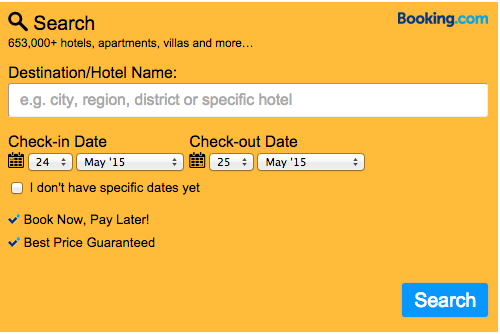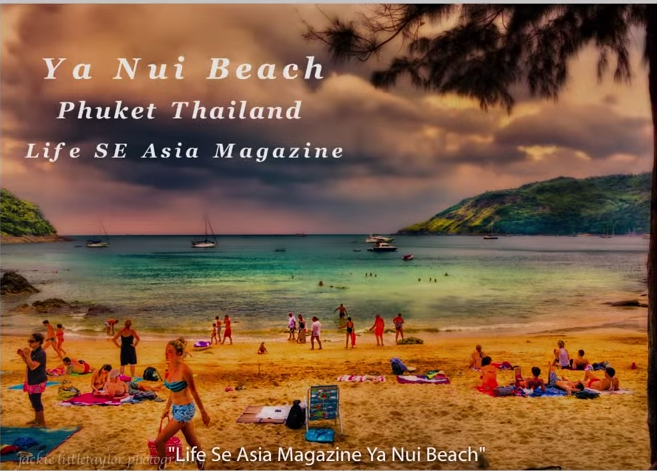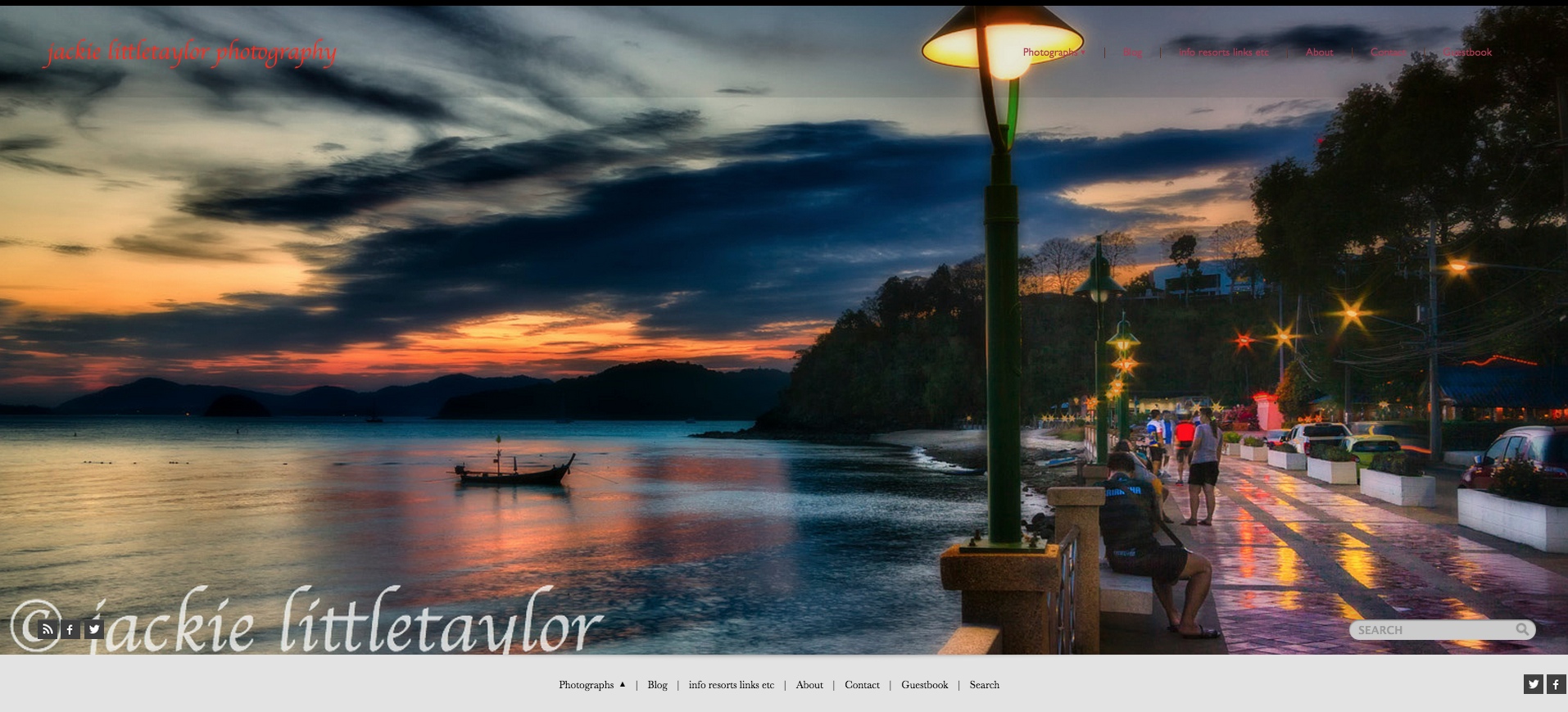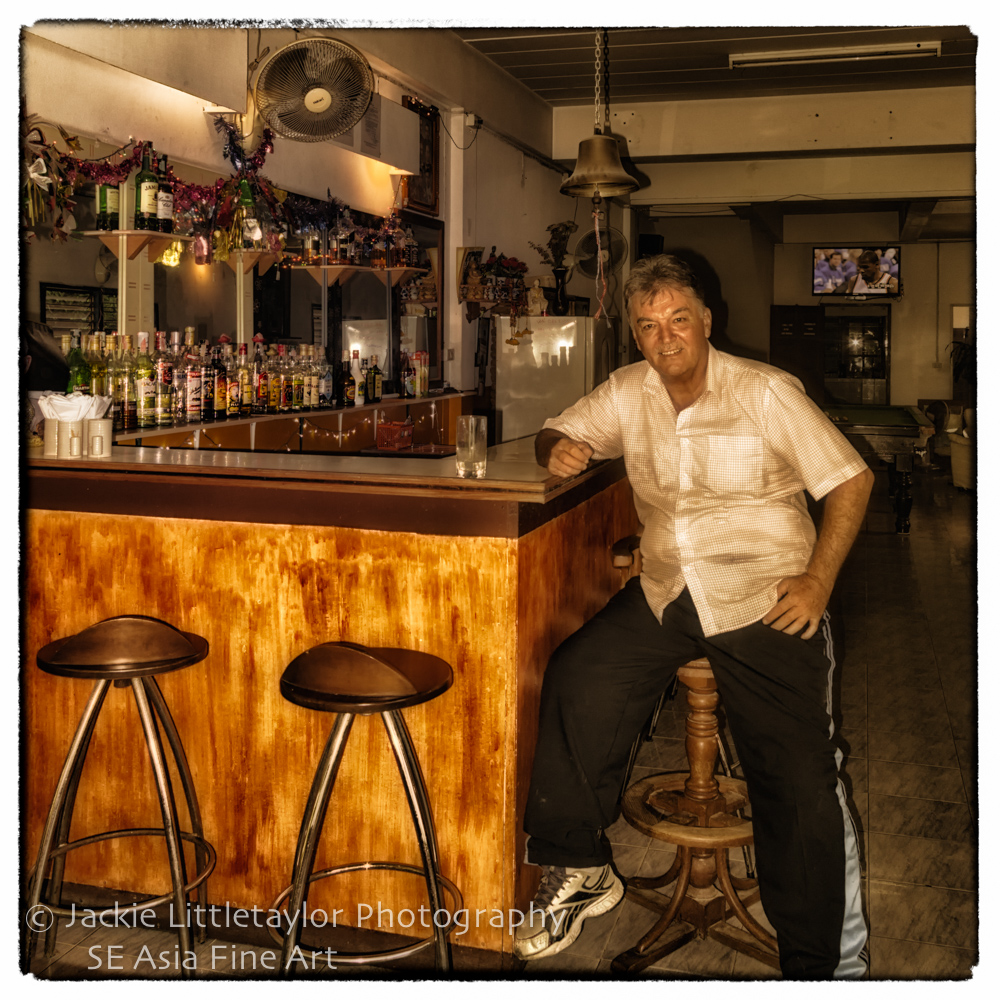Train Travel Myanmar
There are many views about train travel in Myanmar but for me the slow trains, old , the journey is worth it.
from wikitravel : http://wikitravel.org/en/Myanmar
Myanmar has an extensive but ancient rail network. Trains are slow, noisy, often delayed, have frequent electrical blackouts, and toilets are in abysmal sanitary condition. Never assume that air-conditioners, fans, or the electrical supply itself will be operational, even if the train authorities promise so. Still, a journey on a train is a great way to see the country and meet people. The rail journey from Mandalay, up switchbacks and hairpin bends to Pyin U Lwin, and then across the mountains and the famous bridge at Gokteik, is one of the great railway journeys of the world. Trains in lower Myanmar (Yangon - Pathein and Yangon - Mawlymaing) are little communities of their own with hawkers selling everything imaginable. Sleepers are available on many overnight express trains, although, in the high season, you may want to reserve a few days in advance (the Yangon-Mandalay trains now run in the daytime only, apparently because the government does not want trains passing Naypyidaw at night). Food service is available on the express up and the express down between Yangon and Mandalay as well as on the Yangon - Mawlymaing run.
Except for the new bridge and rail line that connects Mawlymaing to points on the western side of the Salween River, the rail network is exactly the way it was in British times. The most used line is the 325km line from Yangon to Mandalay with several trains a day (this is also the only double line in Myanmar), and the only one that is competitive in time with buses (note that the fastest trains take 15 hours for the 385km run, an effective rate of 25km/hour!). A second line connects Yangon with Pyay (9 hours for the 175km journey!) with a branch heading off into the delta region town of Pathein. These tracks, the earliest constructed are in poor shape. With the construction of the bridge across the Salween, it is now possible to go by train from Yangon to Mawlymaing (8 hours for the 200km journey) and on to Ye (Ye is closed to foreign travellers). From Mandalay, trains continue on to Myitkyina in Kachin State (350km in 24hours) and to Lashio. There are also rail connections between Yangon-Bagan and Mandalay-Bagan, but bus or ferry are better alternatives (The 175km from Mandalay to Bagan takes 10hrs).
from wiki: http://en.wikipedia.org/wiki/Goteik_viaduct
Goteik viaduct (Burmese: ဂုတ်ထိပ်တံတား, also known as Gohteik viaduct) is a railway trestle in Nawnghkio, western Shan State, Myanmar (also known as Burma). The bridge is between the two towns of Pyin U Lwin, the summer capital of the former British colonial administrators of Burma, and Lashio, the principal town of northern Shan State. It is the highest bridge in Myanmar and when it was completed, the largest railway trestle in the world. The bridge is located approximately 100 km northeast of Mandalay.
The viaduct stretches 689 metres (2,260 ft) from end to end with 15 towers which span 12 metres (39 ft) along with a double tower 24 metres (79 ft) long. The 15 towers support 10 deck truss spans of 37 metres (121 ft) along with six plate girder spans 18 metres (59 ft) long and an approach span of 12 metres (39 ft). Many sources have put the height of the bridge at 250 metres (820 ft). This is supposedly a measurement to the river level as it flows underground through a tunnel at the point it passes underneath the trestle. The true height of the bridge as measured from the rail deck to the ground on the downstream side of the tallest tower is 102 metres (335 ft). The cost of the bridge construction was 111,200 £(Pound sterling).
Due to its technical and natural condition it was considered as a masterpiece of the world standard.
The bridge was constructed in 1899 and completed in 1900 by Pennsylvania and Maryland Bridge Construction.[2] The components were made by the Pennsylvania Steel Company, and the parts were shipped from the United States. The rail line was constructed as a way for the British Empire to expand their influence in the region. The construction project was overseen by Sir Arthur Rendel, engineer for the Burma Railroad Company.
from wiki: http://en.wikipedia.org/wiki/Myanmar_Railways
Myanmar Railways (MR) (Burmese: မြန်မာ့ မီးရထား, pronounced: [mjəma̰ míjətʰá]; also spelled Myanma Railways; formerly Burma Railways) is the state-owned agency that operates the railway network in Myanmar. The 5,403-kilometre (3,357 mi) metre gauge rail network consists of 858 stations,and generally spans north to south with branch lines to east and west. MR also operates the Yangon Circular Railway line, Yangon’s commuter rail network. MR operates 18 freight trains, and 379 passenger trains, transporting over 100,000 passengers daily.
The quality of the railroads is generally poor. Most remain in poor repair and are not passable during the monsoon season. The maximum speed for freight trains has been quoted as 24 km/h (15 mph), suggesting that commercial speeds on this section could be as low as 12–14 km/h (7.5–8.7 mph).
MR has steadily increased the reach of its network in the last two decades, from nearly 3200 km in 1988 to 5403 km in 2010. MR is currently undertaking an ambitious expansion program that will add another 3,645 km (2,265 mi) to its network, including extensions to Myeik in the south, Kyaingtong in the east, Sittwe in the west.[4] Also, conversion from metre gauge to standard gauge is proposed.
Passenger Cars
Info from Seat 61 an excellent site on Myanmar http://www.seat61.com/Burma.htm#.VHw_p1eUfuc
On the premier Rangoon to Mandalay route, the express trains are reasonably clean, comfortable and even relatively speedy. On other routes, don’t expect western standards, as train travel in Burma is an adventure! Trains are often wonderfully slow, grubby, and fittings such as lights and seats are usually not in the best state of repair. But best of all, the glass panes and metal shutters over the windows are normally secured out of the way, giving you a clear and unobstructed view of the countryside and villages of ‘real’ Burma as it trundles past, with nothing between you and it!
Burmese trains have three classes: Upper class, First class and Ordinary class. In addition, Upper Class sleeping-cars operate on several Rangoon to Mandalay trains, on the Rangoon to Bagan overnight train, and in some Mandalay-Myitkyina trains, and they come in two types, standard sleepers and special sleepers, details shown below. The best Rangoon-Mandalay trains have restaurant cars, with 4-seat tables, serving meals, drinks and snacks.
Upper Class
Upper class has comfortable reclining seats, sometimes two-abreast on each side of the aisle, sometimes one-abreast on one side of the aisle and two abreast on the other. The seats normally all face the direction of travel, but can be rotated to face each other (for example, to make a group of 4 seats) if required. Upper class on the main Rangoon - Mandalay express trains is relatively clean and comfortable, with fresh seat covers and curtains at the window. Upper class on secondary trains is much grubbier but still quite comfortable, although you will find your seat recline mechanism in various states of repair.
First Class
First class has basic wooden seats, almost identical to Ordinary class, but with a padded leatherette seat bottom. For the first half hour, this padding seems to make the extra cost worthwhile. After that, you wonder if the Ordinary class wooden seats would be less sweaty in the heat! First class is only available on certain trains.
Ordinary class
Ordinary class has basic wooden seats, and is quite bearable for many journeys such as Mandalay to Pyin Oo Lwin or Hsipaw. The seats are numbered on the back (in Burmese numerals) and every passenger has a specific seat number written on their ticket, so there’s no overcrowding or scrum for seats. Just watch out for the local produce stacked all over the floor!
Upper class sleepers
Upper class sleeping-cars operate on Rangoon-Mandalay trains 3, 4, 5, 6 and on the Rangoon to Bagan overnight train, as well as in some Mandalay-Myitkyina trains, usually just one sleeping-car per train. Sleeping-cars come in two varieties, the standard sleeper with conventional side corridor and 4-berth and 2-berth compartments, and the less common ‘special’ sleeper which has several totally separate full-width compartments each with 4 longitudinal berths a toilet and entrance door, but no access through the train. The Rangoon-Bagan train has the standard sleeper type, train 5 & 6 Rangoon-Mandalay has sometimes been reported as having standard sleepers and sometimes special sleepers. Train 3 & 4 has the standard type.
A pillow, sheet and light blanket are provided, but it gets very cold at night so make sure that you have socks, a jumper and a fleece with you. It’s a noisy and bumpy ride, so you will snooze rather than sleep, but it’s good to be able to lie down on a flat bed in a safely locked compartment on the great adventure of crossing Burma by train. There’s a ceiling fan and the windows open for ventilation or reflection-free photography.
Standard type sleeper
The standard sleeping-car as used on the Rangoon-Bagan overnight train and trains 3 & 4 Rangoon-Mandalay has four largish 4-berth compartments and two smaller 2-berth compartments, opening off a side corridor giving access to the rest of the train. There are western-style toilets and a washbasin at the end of the corridor, usually kept pretty clean, but bring your own toilet paper.
Special Sleepers
These ‘special’ sleepers run in train 5 & 6 Rangoon-Mandalay, although feedback suggests standard sleepers are sometimes used on this train either as well as or instead of the special sleepers, They have an unconventional layout: A special sleeping-car is divided into four separate self-contained compartments, each taking up the full width of the car, each with its own entrance vestibule, its own toilet and seat/berth area. In the seat/berth area, a pair of wide upholstered armchairs face each other by the window on each side of the car. At night, these seats pull together to form a wide lower berth. The upper berths are fixed in position above the seats. There is no corridor and no access between compartments or from your compartment to the rest of the train, so travellers in special sleepers cannot use the restaurant car.
Train Station
MR operates 858 stations throughout the country. Yangon Central and Mandalay Central have been the twin anchors of the network. Recently, MR has extended rail service along the Taninthayi coast to Mon State and Tanintharyi Region with Mawlamyaing Station as the southern hub. The network generally runs north to south with branches to east and west.
Yangon Central Railway Station
from wiki: http://en.wikipedia.org/wiki/Yangon_Central_Railway_Station
(Burmese: ရန်ကုန် ဘူတာကြီး [jàɴɡòʊɴ bùdàdʑí]), located in downtown Yangon, is the largest railway station in Myanmar. It is the gateway to Myanmar Railways’ 3,126-mile (5,031 km) rail network whose reach covers Upper Myanmar (Naypyidaw, Mandalay, Shwebo), upcountry (Myitkyina), Shan hills (Taunggyi, Kalaw) and the Taninthayi coast (Mawlamyine, Ye).
The station was first built in 1877 by the British but destroyed by the retreating British in 1943 from advancing Japanese forces. The current station designed in traditional Burmese architectural style, making prominent use of indigenous tiered roofs called pyatthat, was completed in 1954, designed by U Tin. Yangon Central Railway Station has been designated a landmark building since 1996. In December 2007, the Yangon city government announced a master plan that will relocate Yangon Central to a satellite town, East Dagon, 32 kilometres (20 mi) from downtown at an unspecified date.
Lines
The following lines pass through or terminate at Yangon Central Station:
- Yangon Circular Railway
- Yangon-Mandalay Railway
- Yangon-Mawlamyaing Railway
- Yangon-Bagan Railway
- Yangon-Aunglan-Bagan Railway
- Yangon-Pyay Railway
Mandalay Central Railway Station
(Burmese: မန္တလေး ဘူတာကြီး), located in downtown Mandalay, is one of the largest rail stations in Myanmar. The station is Upper Myanmar’s gateway to the 3,126-mile (5,031 km) national rail network It is the terminus of the main rail line from Yangon and the starting point of branch lines to Pyin U Lwin (Maymyo), Lashio, Monywa, Pakokku, Kalay, Gangaw, and to the north, Shwebo, Kawlin, Naba, Kanbalu,Mohnyin, Hopin, Mogaung and Myitkyina.
The station is located in a recently built seven-story complex which includes a hotel. The old station is located farther south of the new station.
History
Yangon Central Railway Station was first built in 1877 by the British to support Burma’s first railway line, from Yangon to Pyay. The station was located on the southern side of the railway compound on the upper block of Phayre Street (now Pansodan Street) in the downtown area. The building was designed in the British Victorian style and the access roads were bordered by grassy lawns. The beauty of the property prompted locals to praise the new structure as the Fairy Station.
The station became a favorite target for Japanese bombers during World War II. In 1943 it was destroyed by British forces retreating to India
The station was rebuilt following the war according to a design drawn by engineer Hla Thwin and based on Burmese traditional architectural styles. The new structure was 5110 square meters (55,000 sq ft) in size. To the north were grass lawns, gardens and wide access lanes. The new design was approved by the Railway Authority on 7 May 1946. Construction was started in January 1947 by engineer Sithu U Tin and completed in May 1954 at a total cost of K4.75 million. The opening ceremony of the new Yangon Central Railway Station was held on 5 June 1954.
To Buy Tickets
from seat 61 http://www.seat61.com/Burma.htm#.VHw_p1eUfuc
How to buy train tickets in advance from outside Burma…
You can’t book trains online, in fact the Burmese railways don’t even have a website. It’s usually easiest just to buy in person when you’re there, booking opens a few days before departure. However, if you want to secure tickets for departures from Rangoon in advance from outside Burma you can do so by email through a number of Rangoon travel agencies including:
- Exotic Myanmar Travels & Tours, www.exoticmyanmartravel.com (offices in Rangoon, Bagan, Mandalay & Inle Lake).
- Myanmar Tour East, www.myanmartoureast.com
- You can also try www.go-myanmar.com
Pre-booking is no bad thing if you want a sleeper, as these are in relatively short supply. These agencies will buy your tickets on your behalf and have them delivered to your hotel for a nominal fee. They’ll first ask you to send them a scan of your passport, this is quite normal. I have not used either agency myself, but Exotic Myanmar Travels & Tours has so far had at several very positive reviews.
How to buy train tickets when in Burma…
- You can buy train tickets in person at the station ticket office, it’s easy. Reservations are not computerised, but based on hand-written reservation lists, so bookings can only be made at the station where your journey starts, not for journeys starting elsewhere. Every main station has a clear information board showing train times & fares for foreigners in English
- Upper class bookings open 3 days in advance. Ordinary class bookings open just one day in advance. You can’t buy tickets before bookings open. At some smaller stations you may be told to come back and buy a ticket just before departure.
- Apart from the train times & fares for foreigners boards there are relatively few signs in English, but don’t worry - just ask at the first available ticket window and as a foreigner you will normally be invited inside the ticket office (!) and told to sit down while someone is called to help you. You will need the names, nationality and passport number of each passenger as these will be written on your ticket.
- I’d recommend buying your ticket at least the day before departure if you can, but it’s usually not difficult for a foreigner to secure a Upper class or ordinary class seat on the day of departure. All passengers get a reserved seat, the coach & seat numbers will be written on the ticket. Sleepers are in short supply on the main Rangoon to Mandalay route as there’s only one sleeping-car per train, so book a day or two ahead if you can. But you’re unlikely to have any trouble getting a sleeper on the direct train from Rangoon to Bagan even on the day of departure.
- To buy train tickets in Rangoon on the day of travel itself, go to the station. Tickets for trains leaving the same day are sold at the station. Take your passport and enter the station by the right-hand main entrance and for tickets to Mandalay or Bagan look for the first ticket window on the left. You’ll find a money changer and several ATMs at the station if you need them, as well as food kiosks and a cafe.
- To buy train tickets in Rangoon 1-3 days before travel, go to the Advance Booking Office. Take your passport, and go to the Advance Booking Office which is not in the station itself but in Bogyoke Aung San road on the south side of the tracks, opposite the Sakura Tower and diagonally opposite the Traders Hotel. Look for the entrance sign shown in the photo below. It is open daily 06:00-10:00 & 13:00-16:00. It looks more like a farmyard than a reservations office! Walk off the main road, 30m down the track into the booking hall proper, and you’ll see a row of about 10 ticket windows. The window for booking trains from Rangoon to Mandalay is the first one on the left. You can also book train tickets through your hotel or through the Rangoon MTT office at the Sule Paya.
- In Mandalay, to buy train tickets go to the ticket office on the first floor of the station, above the tracks.
| English-language information boards: All main Burmese stations have English-language information boards showing timetables & fares for foreigners |
| Rangoon station. Surprisingly, Rangoon’s impressive station building is on the far (north) side of the tracks from the city centre. But don’t go there to buy tickets! |
| Entrance to Rangoon advance booking office on Bogyoke Aung San Road, on the southern (city centre) side of the tracks. At first sight more like a farmyard than a booking office, but look for this sign! | Inside Rangoon advance booking office on Bogyoke Aung San Road. The far left window is the one for tickets to Mandalay or Bagan. Booking opens 3 days before departure. |
resources:
Official Myanmar Railway page http://www.myanmarailways1877.com/eng/ there is very little info here looks like its being constructed.
Seat 61 web site http://www.seat61.com/Burma.htm#.VHw_p1eUfuc has some photos of the sleeper cars and up to date schedules as of April 2014
We welcome you to share your experience
















